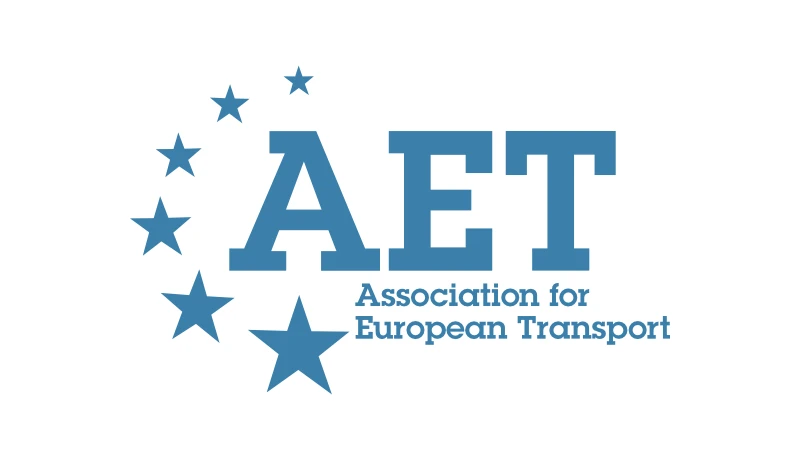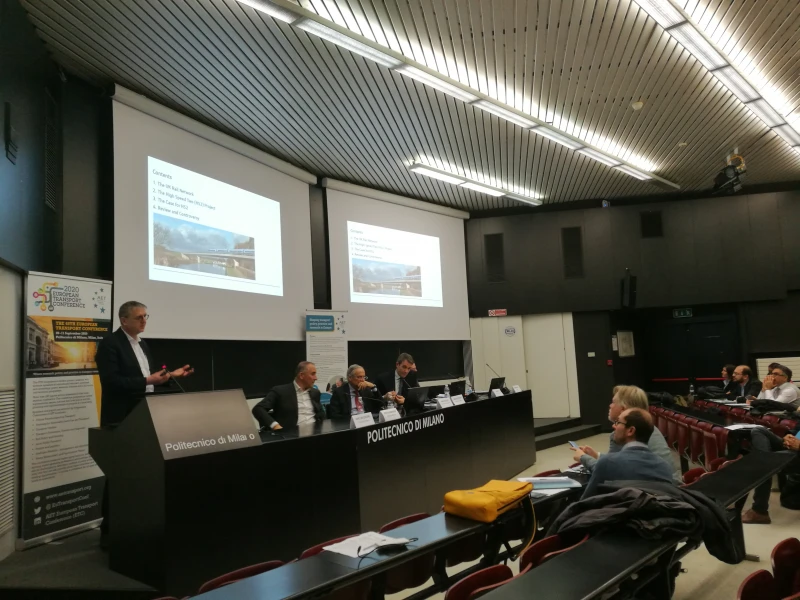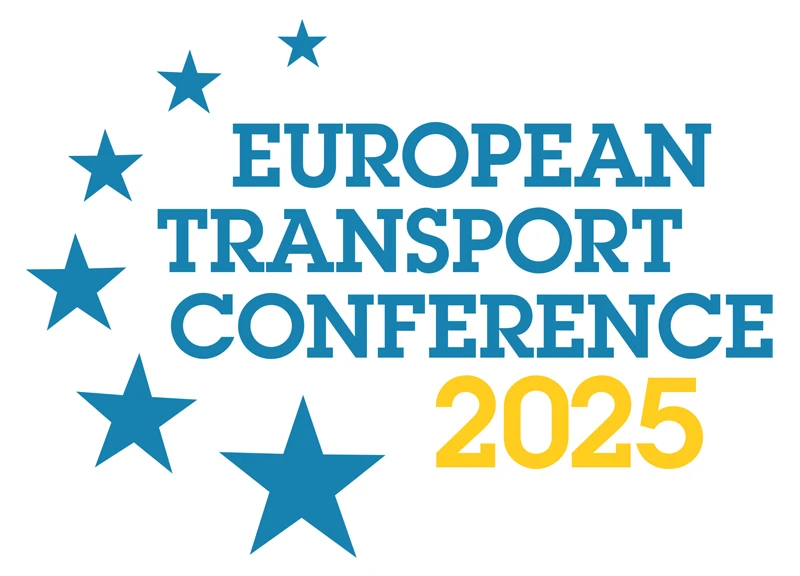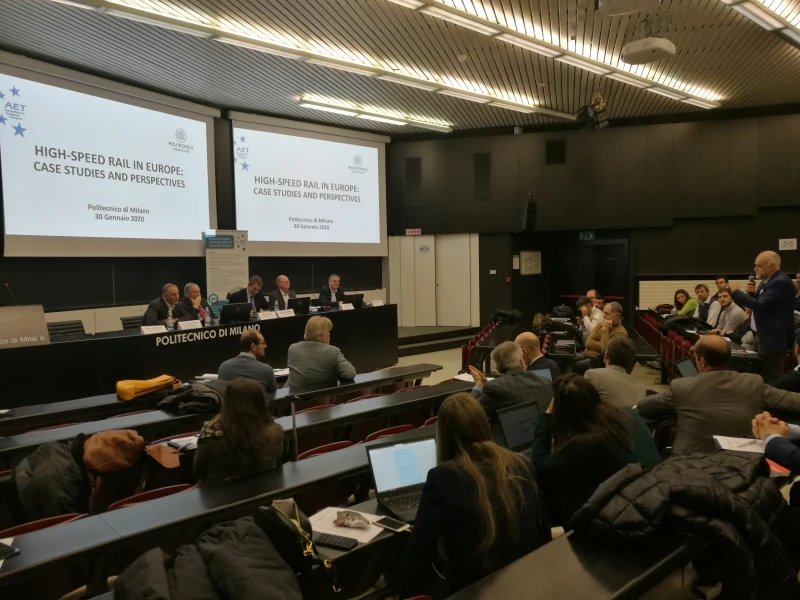-
Past ETC Papers
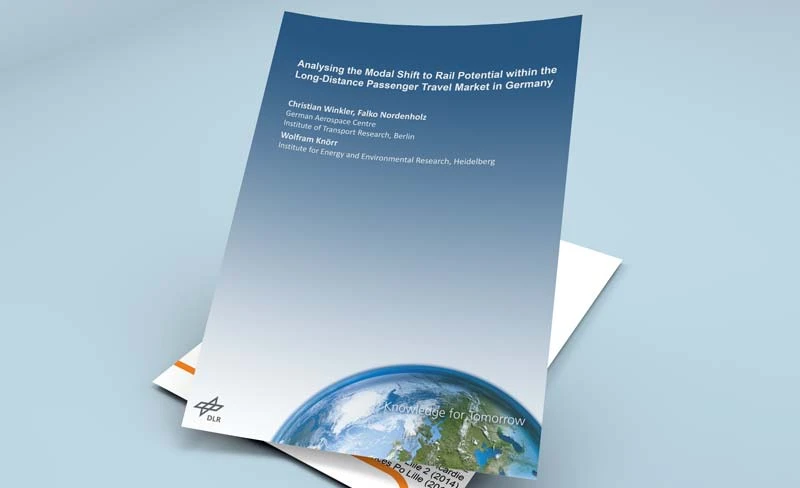
Browse, search and view papers from the past AET Conferences.
-
Members' Area
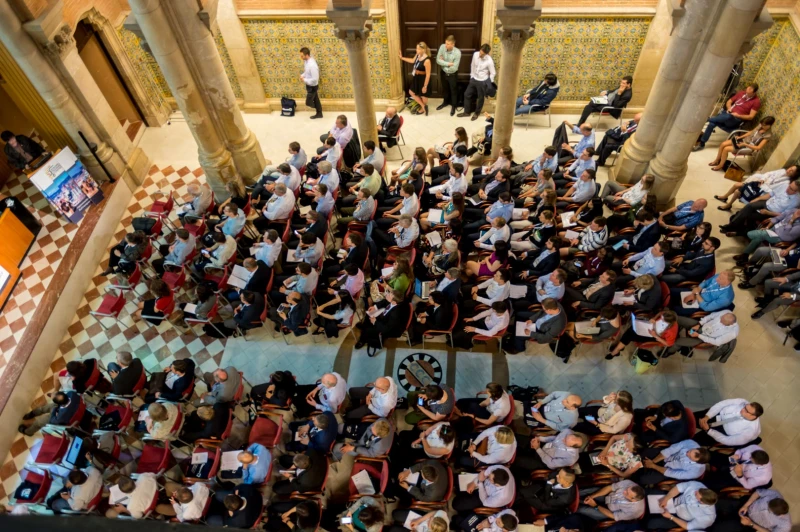
AET promotes networking and exchange of ideas, information and opportunities amongst members.
Conference Papers 2024
Antwerp, Belgium
ETC Conference Papers 2024
Developing and implementing common analytical scenarios: Insights and lessons learned from Norway
Seminar
Day 2 (19 Sep 2024), Session 6, Modelling scenarios, 13:30 - 15:00
Status
Accepted, awaiting documents
Submitted by / Abstract owner
Eivind Jamholt Baera
Authors
Linda Alfheim, Norconsult (presenter)
Michele Delapaz Hansen, Norconsult
Eivind Jamholt Baera, Norconsult
Pablo Urzainqui, Norconsult (presenter)
Short abstract
The Norwegian Public Roads Administration has successfully integrated four urban mobility scenarios for 2050 into transport models. By aligning foresight and scenarios with models and transport economics the aim is to enhance decision-making.
Abstract
In response to deep uncertainty and societal shifts, transportation planning is increasingly turning to foresight and scenario planning alongside traditional methods. The Norwegian Public Roads Administration (NPRA) is engaged in implementing foresight and scenarios and combining these with more ‘traditional’ transport planning approaches, such as transport modelling, to enhance decision-making. The NPRA is taking a national lead in improving models, methods and mindset - emphasizing collaboration, adaptability, and continuous improvement.
In 2022, four distinct scenarios for urban mobility in Norway towards 2050 were collaboratively crafted with national actors and international experts. The scenarios were suggested to form a common framework across various areas and projects, with each area/project adapting the scenarios to its unique context. This study formed the background for the paper which won ‘The Goudappel Award’ at ETC 2023. Unlike the former paper, this paper will focus in detail on the implementation of the scenarios in the transport models and the road towards ’connecting the dots with’ transport economics and appraisal.
Through 2023, the NPRA and Norconsult implemented the scenarios in existing macroscopic transport models (RTM = Regional Transport Model, using Cube modelling software by Bentley) in a pilot study involving two urban areas. To implement the scenarios into the models we first established three main principles for how we wanted the changes in the model to work: transparency, user-friendliness and level of detail (detailed enough to be credible, but still without too much detail and tinkering avoiding it becoming a ‘black box’). We then used the narrative and driving forces from the four scenarios, and started evaluating and discussing what they could specifically mean for mobility towards 2050 in the local context. The implications were then ‘translated’ to adjustments in specific parameters in the regional transport models, trying to make as simple and ‘generic changes’ to the parameters as possible (based on the three main principles listed above), for instance related to level of service, car ownership, heavy vehicles, and zonal data. Simplified, this means that in a world (scenario) where people are more individualistic (in our case scenario 1 'Travelling alone') you might expect higher car ownership. The opposite (i.e. lower car ownership) will then be the case for a world (scenario) where people are more likely to use walking or cycling (in our case scenario 3 ‘Together we are stronger’).
In the end, the study created four base-line scenarios (‘do-nothing-scenarios’), as well as looking into one specific policy measure (road user charging), analysing calculating potential effects across all four scenarios. The analyses that were carried out showed us:
• The different base-line scenarios and specific policy measure had a significant effect on transport mode distribution and traffic patterns across all scenarios. There were substantial changes in the number of trips made and in the modal distribution across the four scenarios - compared to the traditional ‘do-nothing-scenario’ as well as for the effect of the policy measure.
• At the same time, it became obvious that the policy measure did not have the same effect in all scenarios.
Using this approach enables us to combine the ‘best of both worlds’ – meaning we can explore, analyse and stress-test strategies, projects and policy measures under different possible futures - using the same modelling framework.
A subsequent study at the end of 2023 further explored the benefits and added value of using scenarios in strategic transport planning, drawing insights from interviews with four UK transport agencies, as well as professionals from Sweden and Norway.
To implement foresight and scenarios at different levels and phases of strategic transport planning in Norway, the ambition for 2024 and beyond is to continue building on the foundation laid by the projects so far. Further refinements and development are needed, for instance by establishing a method and workflow on how to move from scenario implementation at regional level to scenario implementation in national transport models, in addition to how this ‘translates’ to transport economics and appraisal. This will help make scenarios more actionable and relevant to decision-makers.
We aim to share the work done in Norway, offer some reflections and comparisons to the approaches undertaken elsewhere (such as the UK), and contribute to a discussion on advancing models, methods and mindset across borders.
The ongoing effort in Norway illustrates the rationale behind, and potential benefits behind combining ‘traditional’ transport planning approaches with foresight and scenarios. This knowledge serves as a crucial groundwork for the NPRA and other stakeholders in transportation planning, both domestically and globally, as they strive to enhance decision-making robustness and promote sustainable mobility solutions.
Programme committee
Transport Models
Topic
Transport planning analysis and models
Documents:
No documents yet.
Association For
European Transport
Forester House
Doctors Lane
Henley-in-Arden
Warwickshire, UK
B95 5AW
+44 (0) 15 64 793552
VAT number: 710 1866 64
Conference Supporters & Endorsers

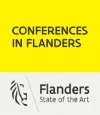


Legal Entity
The Association for European Transport is registered as an Association ('vereniging') with the Chamber of Commerce for Haaglanden in The Netherlands under company number 27170096.
Built on Zenario

